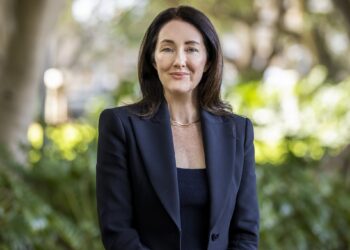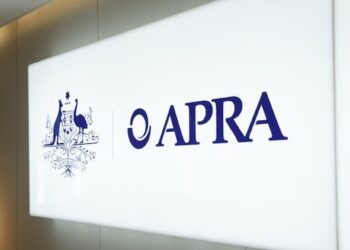Iress has named superannuation as one of its growth priorities for 2022 as it reports higher recurring revenue in this sector.
In an announcement to the Australian Securities Exchange (ASX), it said recurring revenue for superannuation rose 7% to $23.3 million.
However, non-recurring revenue declined 47% to $6.7 million due to the timing of the ESS Super implementation, which was now in live transition.
In the medium term, the firm was targeting superannuation revenue growth of more than 10% per annum with a target of delivering 1-2 medium-sized clients per year.
Industry consolidation was a “trigger” for this, the firm said, as it would encourage firms to review their service and outsourcing options.
Andrew Walsh, chief executive of Iress, said: “In superannuation, we saw good momentum in our super automated admin solution, with Guild Super going live and ESSSuper now in live transition. These examples serve as strong use cases for further technology-led transformation of superannuation fund operations, generating demand and leading to advanced discussions with several new prospects”.
Reported net profit after tax was $73.8 million, up 25% in 2020, while reported revenue was $595.9 million, up 10% from $542.6 million.
The firm announced a full-year dividend of 46 cents per share, franked at 38%.




